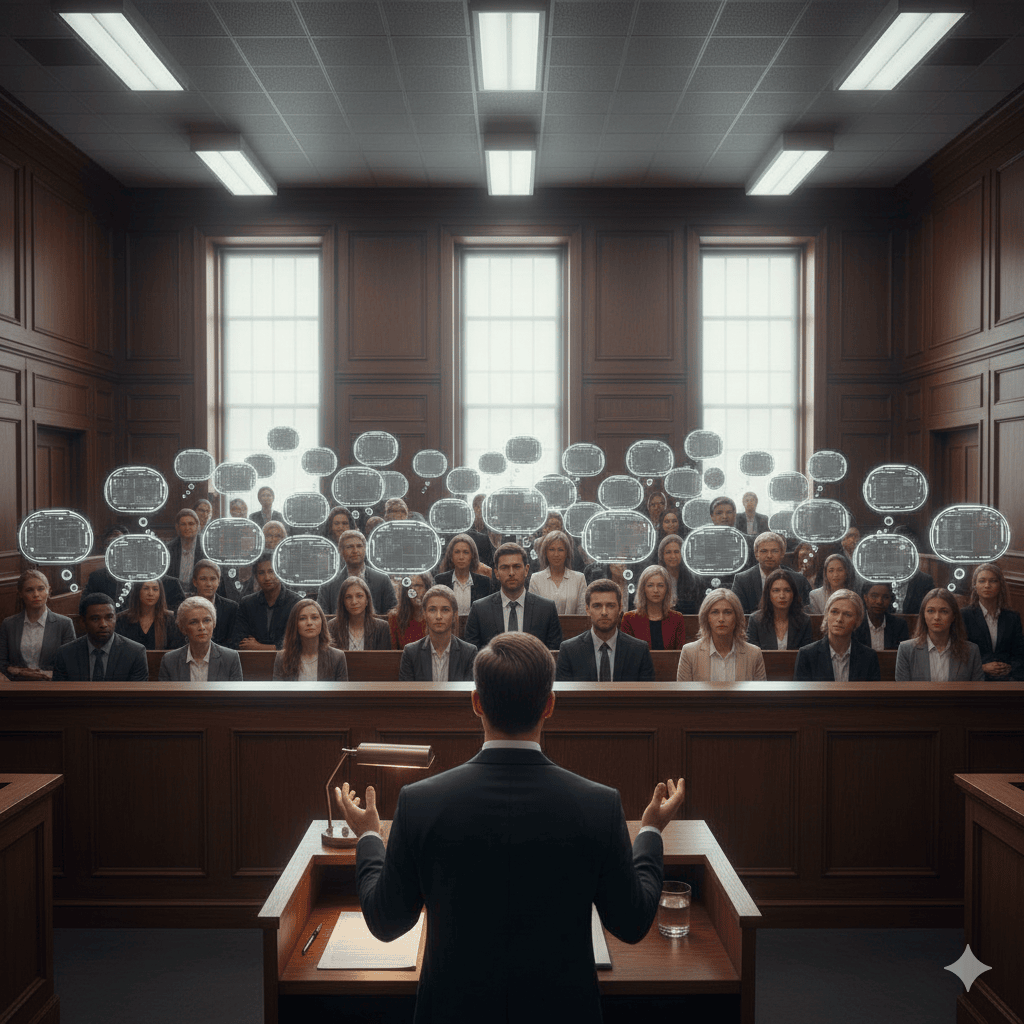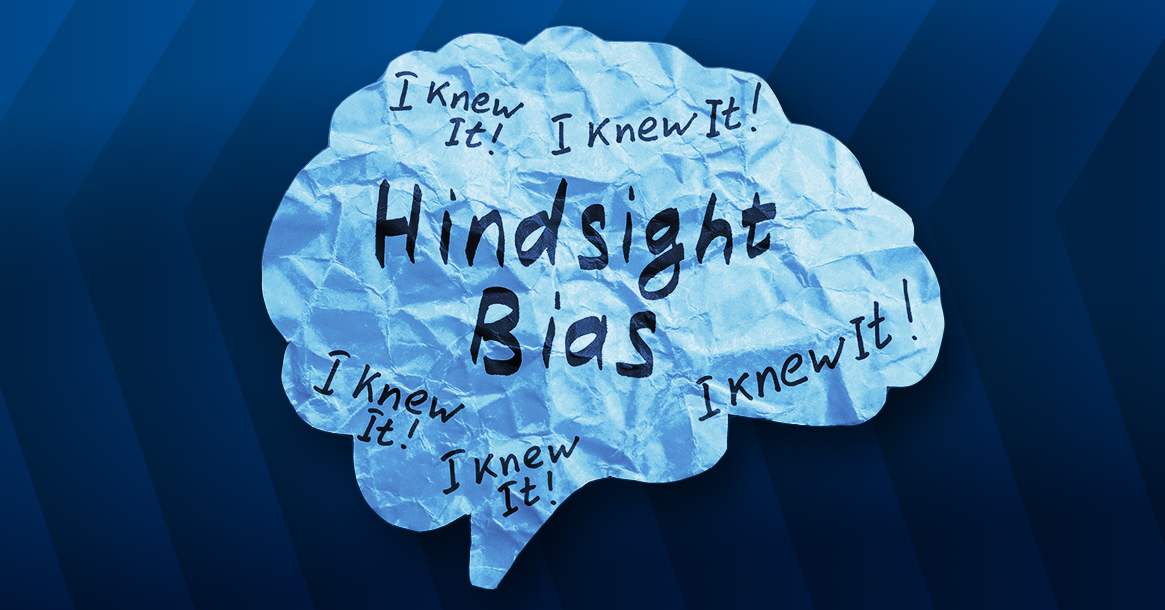In part 1 of this topic, we discussed how and why the case that jurors see is not the same case that the attorneys see and whether the goal should be juror comprehension or using research to identify patterns of miscomprehension in order to portray the case in the most beneficial manner feasible. In the second part of this article, we offer examples of miscomprehension and discuss the ethical question around utilization of miscomprehension.
Exemplar situations
Most miscomprehension is case-specific, meaning that the erroneous conclusions among jurors are inextricably tied to the particular technology at issue in the case. In these situations, miscomprehension is idiosyncratic to the case, making generalizations impossible in considering “IP cases in general”, except to say that a) such miscomprehension is ubiquitous; b) it typically is observed in conjunction with technical issues; and c) it tends to occur most frequently in the infringement case and the invalidity case, and to a lesser extent in the damages case.
Other types of miscomprehension appear again and again across different IP cases.1 For example, in making inferences concerning infringement, jurors:
• May infer that a diagram of a preferred embodiment portrays the entire scope of the patent;
• Often place a disproportionate amount of emphasis on the abstract, using it to define the intent and meaning of the invention;
• Rarely attempt to map claim elements onto features of the accused device to judge infringement, and may, for example, compare the features and/or technologies of the plaintiff’s device (if there is one) to that of the defendant;
• Use the date of the patent to infer whether the technology is current or up-to-date;
• Interpret marketing success, licensing agreements and patterns of patent ownership to infer the presence versus absence of infringement.
As an example, combining the last two points, jurors are more likely to find infringement if the patent filing date precedes the appearance of the accused device, and the competitors of the defendant took licensing agreements without litigation, while the defendant rejected the notion of a license. This pattern in the fact scenario would constitute a typical example of how conduct supersedes elements of the claim language.
In judging invalidity, jurors:
• May assume the patent office utilizes laboratory testing, a stable of experts, and comprehensive internet searches of prior art without reliance on the applicant;
• Conclude that if prior art is not published or not patented it cannot invalidate a claim; and,
• May consider prior art as insignificant if it does not result in a marketed product.
The presence versus absence of the types of factors listed above may tip the balance of the playing field in either direction, depending on the nature of the miscomprehension and how many instances there are. For example, areas of miscomprehension that may assist defendants in the infringement case include the propensity for some jurors to conclude that the scope of a patent is limited to a diagram or a preferred embodiment (we have even seen jurors limit the scope of claims based on the terminology in an abstract); features of electronic circuits or software code may appear to be restricted and therefore dissimilar to the accused device (because of the nature of an illustration or a preferred embodiment, for example) when they are in fact equivalent; and so on.
Anecdotally, it appears that areas of miscomprehension in the invalidity case more often tend to favor plaintiffs, as jurors may, for example, discount the existence of prior art if it is not patented or if it is published in a foreign language, and so on. Many jurors hold predispositions that require an invention to have a valid patent before it can be considered as legitimate prior art. In addition, it often requires a painstaking education for jurors to appreciate the depth and significance of the prior art. All of these factors create a situation in which a lack of comprehension inures to the benefit of the plaintiff, since the prior art becomes discounted in importance.
Is utilizing miscomprehension unethical?
At this point a clarification is in order, as it may seem reckless and even unethical for a litigator to somehow promote “miscomprehension” in any way. Indeed, any form of advocating a position based on an inaccurate characterization of the technology at issue would certainly create unnecessary vulnerabilities. Thus, while the foregoing observations might be interpreted to indicate that “it’s OK to delude jurors” that is certainly not the intent.
Rather, it is recognized that jurors may create impressions in the case based on what they have seen and heard that reflect or generate inaccurate conclusions. Sometimes those conclusions can be unexpectedly helpful – however, they can only be harnessed or capitalized on if they are known in advance, and they can only be known in advance if the necessary research has been done. Once it in fact has been done, a trial strategy can be designed and implemented in advance that leverages or maximizes the influence of this benefit. At the same time, the litigator “leaves it alone” and does not supply the necessary education that is known to remediate jurors’ misperceptions. This is not the same as deliberately misleading them or directly promoting miscomprehension. The litigator merely knows in advance that the miscomprehension is, or will be there, and he leaves it alone to do its work.
Do they understand or merely think they do?
To be sure, the development of an optimal trial strategy is a process of identifying what works and what doesn’t, and there are typically many areas in which research will show that true comprehension (the inherent motive goal) is a vital component to such a strategy. As a key case in point, the implicit premise for the plaintiff in “patent troll”–instigated IP litigation is the strategy of filing a complex case in a relatively uneducated venue under the supposition that jurors will simply assume infringement (even though they really do not understand why) because the case is brought by a bona fide patent holder in a US district court, and that jurors would conclude that the proceedings would not be underway had not a valid complaint – and a valid patent – existed. In such cases, defendants often operate based on the premise that, if they could get jurors to understand, then the jurors would reject the claims of the troll. Thus, here is a case in which inherent motive comprehension would appear to be beneficial in a tactical sense for the defense.
On some occasions, jurors are heard to remark that invalidity arguments are not “clear and convincing” because they are not understood and therefore not “clear”. This observation would seem to underscore the importance of comprehension to defendants in order for jurors to find invalidity. However, closer inspection of juror behavior suggests that what is of primary importance for jurors to believe the evidence is “clear” (and convincing) is that they think they understand, not that they actually understand. Thus, particularly for the invalidity case, the defendant should make special efforts to induce the jury to “think that they understand” – i.e., make the prior art “come alive” and achieve what we have referred to as “meaningfulness” so that it will be salient in memory.2
In order to engineer an outcome in the jury room, instead of dealing with true comprehension per se, we are dealing with what jurors believe they are seeing or processing in a cognitive sense. In short, we are dealing with appearances, which sometimes are faithful to the true content of what is in evidence, but also sometimes are not (with varying shades of grey in between). Thus, typically actual differences in technology do not provide the fulcrum for inferences of infringement and invalidity, but rather the associated appearances represent the fulcrum, as judged by the jurors in response to presentations.
Footnotes
1 Speckart, G, Navigating the road to an intellectual property verdict: planning, execution and things that go bump in the night, For the Defense, April 2008; and Navigating the road to an intellectual property verdict, Part II: Meeting the jury where they are, Inside the minds: strategies for intellectual property cases, Aspatore Publishing Company, Boston MA 2010.
2 Raymond, Nate, Taming Texas, The American Lawyer, March 2008.
Originally published in Intellectual Property Magazine, October 2017.
Be confident in achieving superior litigation outcomes. CSI has the expertise, track record, and capabilities to help you win.



